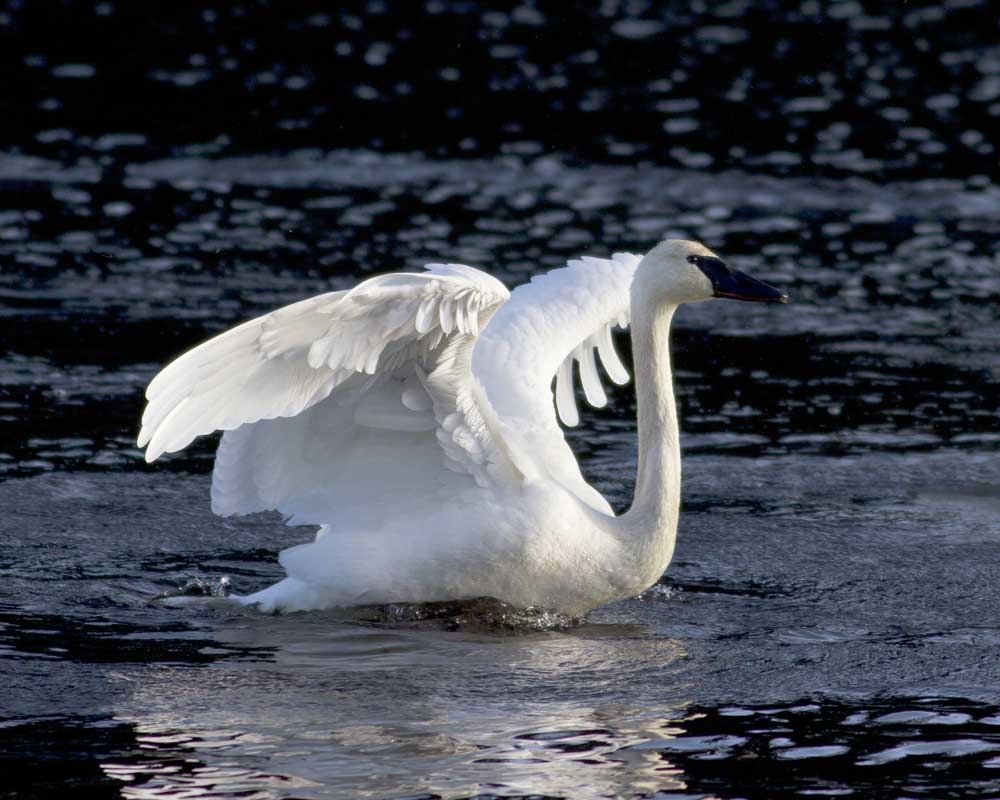Swans galore this winter on Long Beach Peninsula
Published 10:18 am Tuesday, January 3, 2017

- A trumpeter swan spread its wings on Black Lake in late December.
Willapa National Wildlife Refuge and surrounding area on the Long Beach Peninsula provide a resting place and refuge for many species of birds during their spring migration northward to nesting grounds. The trumpeter swans are one of these species. They have been on the Peninsula since early December. One of the places they have been seen is Black Lake. Their presence is welcome because they haven’t been seen there for a number of years.
Trending
Trumpeter swans sometimes grace our area in winter. According to the checklist of birds for the refuge, they are a common sight in winter. At six feet in length, they are our biggest native waterfowl. Trumpeters often weigh over 25 pounds and have a wingspan of about eight feet. They are a large white swan with an all-black bill except for a red border on the lower mandible. Their forehead is long and sloping right down to the bill and they have long graceful necks that are often kinked back at the base. Juveniles are a dingy-gray and sport a dusky-pinkish bill. Trumpeter swans don’t vocalize often, but when they do it is a low-pitched trumpet-like call.
The trumpeter swan is a vegetarian, but will also eat small fish and fish eggs on occasion. Its favorite fare includes pond weeds, eelgrass, sedges, rushes, duckweed, and algae. Seeds and grains such a corn and barley are among their favorites as well. In winter trumpeter swans often concentrate more on terrestrial plants. When feeding on aquatic plants they dabble like ducks with their tails in the air.
To date both adult and juvenile trumpeter Swans have been reported on Black Lake, Loomis Lake, Hines Marsh and Leadbetter Point. They are likely to stay around for a bit. It is time to watch for these magnificent, white birds while they are taking advantage of the safety and food the Refuge and surrounding area has to offer. Look for them! You can’t miss them!









